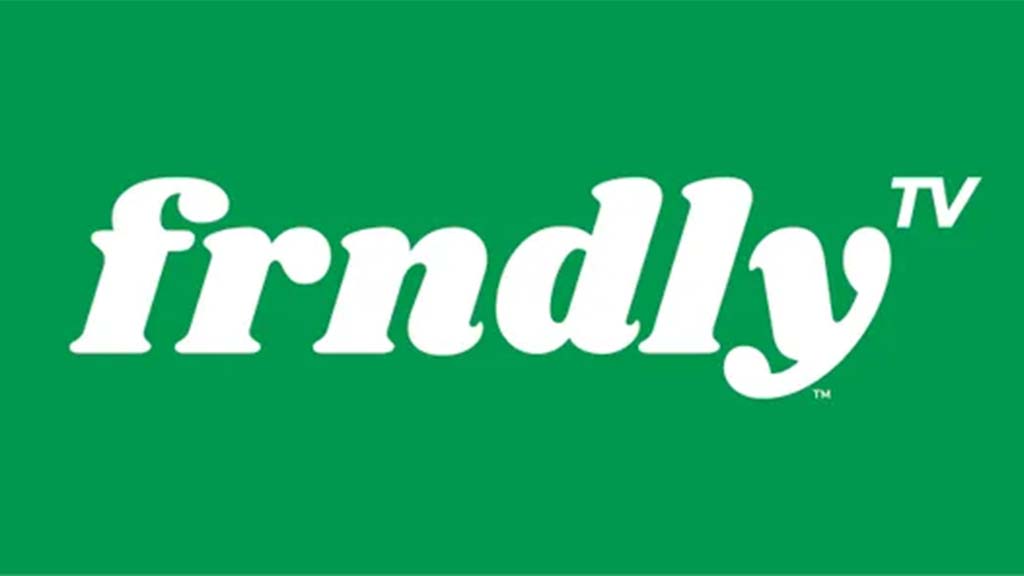What is an asset?
A new organization dedicated to “taking the fear out of asset management” has been gaining considerable traction within the industry since it began earlier this year. Initially they’re working to define what an asset is.
“An asset is a digital file that can be repurposed over and over again across multiple platforms and formats,” said Richard Eberhart, executive director of the Global Society for Asset Management (G-SAM). “We determine the value of this asset by who owns it and what the demand is for it. An asset management system gets the right file to the right source at the right time.”
The goal of the organization, according to Eberhart, is to address the pent-up interest among manufacturers and broadcasters to put systems in place to manage and repurpose content in the most efficient way.
“We want to be the ambassador for the industry and take the fear out of asset management and its implementation,” he said. “There have been many well-documented failures in this space and we want to change the perception that asset management is too expensive and to labor-intensive to implement.”
Founded in April of this year at the NAB convention, G-SAM has since started chapters in Europe, Australia and will soon begin one in the far East (in early 2004).
“We go where we see a need,” Eberhart said. “And what we see is that the need is global. This is not just a U.S. issue because the world is becoming more connected all the time. The asset you create today might have applications across a number of platforms that have international reach.”
G-SAM currently claims 80 members - made up of users, technology vendors and system integrators - with 2/3 of the membership representing users from the broadcast, entertainment and publishing industries. A wide range of manufacturers marketing asset management solutions are also heavily involved.
Get the TV Tech Newsletter
The professional video industry's #1 source for news, trends and product and tech information. Sign up below.
In an effort to get closer to the broadcast industry and address its concerns, Eberhart said that G-SAM has aligned itself closely with the Society of Motion Picture and Television Engineers (SMPTE) and will in fact hold its fist conference to coincide with SMPTE’s annual event; this year in New York the Digital Asset management conference will run November 10-11 at the New York Hilton Hotel, while SMPTE runs from November 12-15.
G-SAM and SMPTE have come together under a worldwide agreement. G-SAM has moved from the Tribeca Grand to the New York Hilton Hotel. Those registered with G-SAM can attend the asset management conference on Monday and Tuesday and continue on to SMPTE for the remainder of the week; all with the same pass and at the same venue.
“Users are concerned with vendor viability and the lack of formats,” Eberhart said. “Others issues of concern include metadata and the disconnect between the vendors and users. So the conference in November, which has been designed by the users of technology themselves, will give attendees a forum to find out information and get in touch with the right people.”
Eberhart said G-SAM would also help run the technology sessions on asset management at the NAB convention in April 2004. At this year’s NAB event 94 companies said they were involved in some type of asset management for broadcast content.
As for membership in G-SAM, technology users can join for free while various levels of sponsorship.
Yet, G-SAM’s focus is not exclusively broadcast. “We’re horizontally focused on all markets, so we’ll work with any company or individual to help them design the best-of-class system for their needs,” Eberhart said. “G-SAM recognizes that the need to move content around and get it to the right person is critical to business success going forward. Everywhere we go we find people looking for a central source for information on asset management, so we’re here to give it to them.”
For more information visit www.g-sam.org.
